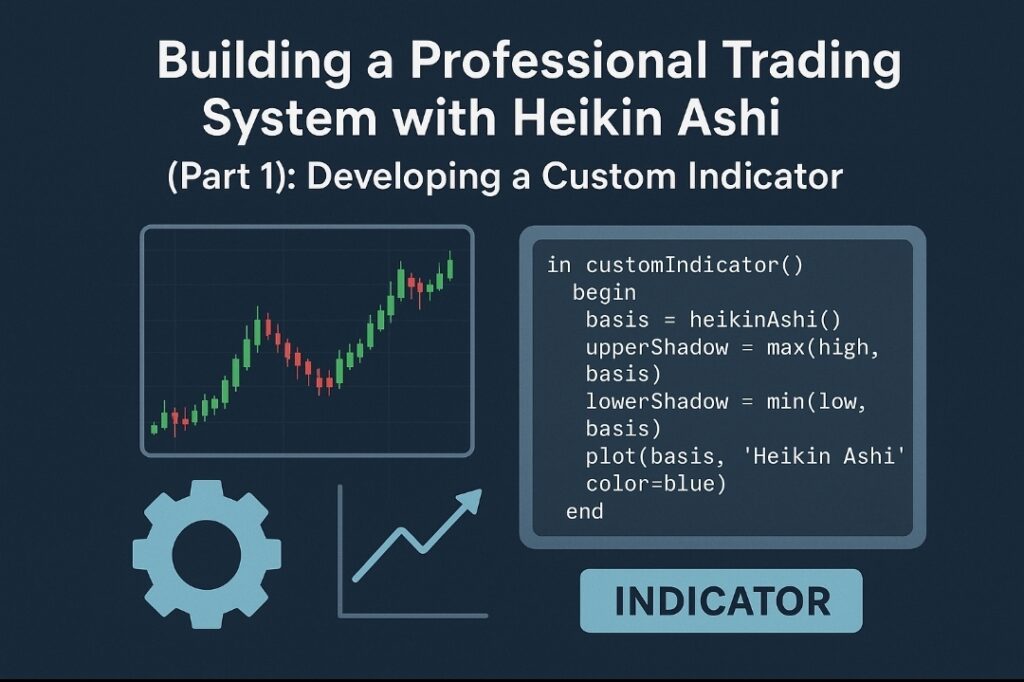Advanced Trading Strategies with MQL5
Learn how to implement sophisticated algorithmic trading strategies using MQL5 with practical code examples and performance analysis.
Introduction
Algorithmic trading has revolutionized the financial markets, allowing traders to execute complex strategies with precision and speed. MQL5 (MetaQuotes Language 5) provides a powerful environment for developing, testing, and implementing automated trading strategies for the MetaTrader 5 platform.
In this article, we will explore advanced trading strategies that can be implemented using MQL5, including machine learning integration, multi-currency analysis, and high-frequency trading techniques. We’ll provide practical code examples and discuss the performance implications of each approach.
Machine Learning Integration
Integrating machine learning models with MQL5 can significantly enhance trading strategy performance. Below is an example of how to use a simple neural network for price prediction:
#include <Math\Alglib\dataanalysis.mqh>
// Create a neural network for price prediction
CMultilayerPerceptron neuralNet;
void OnInit()
{
// Initialize neural network with 10 inputs, 5 hidden neurons, 1 output
int numInputs = 10;
int numHidden = 5;
int numOutputs = 1;
neuralNet.Create(numInputs, numHidden, numOutputs);
// Configure network parameters
neuralNet.SetLearningRate(0.001);
neuralNet.SetMomentum(0.01);
}
double PredictPrice(double &inputData[])
{
double output[];
neuralNet.Process(inputData, output);
return output[0];
}
Multi-Timeframe Analysis
Effective strategies often require analyzing multiple timeframes simultaneously. The following code demonstrates how to access data from different timeframes:
void CheckMultiTimeframeSignal()
{
// Get current symbol
string symbol = Symbol();
// Get prices from different timeframes
double hourlyHigh = iHigh(symbol, PERIOD_H1, 1);
double hourlyLow = iLow(symbol, PERIOD_H1, 1);
double dailyHigh = iHigh(symbol, PERIOD_D1, 1);
double dailyLow = iLow(symbol, PERIOD_D1, 1);
// Calculate average true range across timeframes
double atrH1 = iATR(symbol, PERIOD_H1, 14, 1);
double atrD1 = iATR(symbol, PERIOD_D1, 14, 1);
// Trading logic based on multi-timeframe analysis
if (hourlyHigh > dailyHigh - atrD1 && Close[1] > Open[1])
{
// Potential buy signal
EnterLong();
}
else if (hourlyLow < dailyLow + atrD1 && Close[1] < Open[1])
{
// Potential sell signal
EnterShort();
}
}
Strategy Performance Analysis
Evaluating strategy performance is crucial. The chart below shows a comparison of different strategy types:
Advanced Risk Management
Proper risk management is essential for long-term trading success. The following code implements a dynamic position sizing algorithm:
double CalculatePositionSize(string symbol, double riskPercent, double stopLossPips)
{
double accountBalance = AccountInfoDouble(ACCOUNT_BALANCE);
double tickSize = SymbolInfoDouble(symbol, SYMBOL_TRADE_TICK_SIZE);
double tickValue = SymbolInfoDouble(symbol, SYMBOL_TRADE_TICK_VALUE);
double lotSize = SymbolInfoDouble(symbol, SYMBOL_TRADE_CONTRACT_SIZE);
// Calculate risk amount in account currency
double riskAmount = accountBalance * riskPercent / 100;
// Calculate value of stop loss in account currency
double stopLossValue = stopLossPips * tickSize * lotSize * tickValue;
// Avoid division by zero
if (stopLossValue == 0) return 0;
// Calculate position size
double positionSize = riskAmount / stopLossValue;
// Normalize to allowed lot size
double step = SymbolInfoDouble(symbol, SYMBOL_VOLUME_STEP);
positionSize = MathRound(positionSize / step) * step;
// Ensure within allowed limits
double minLot = SymbolInfoDouble(symbol, SYMBOL_VOLUME_MIN);
double maxLot = SymbolInfoDouble(symbol, SYMBOL_VOLUME_MAX);
positionSize = MathMax(minLot, MathMin(maxLot, positionSize));
return positionSize;
}
Popular Trading Strategies
Trend Following
Strategies that aim to capture gains through the analysis of an asset's momentum in a particular direction.
Mean Reversion
Strategies based on the concept that prices and returns eventually move back toward the mean.
Arbitrage
Simultaneous purchase and sale of an asset to profit from price differences in different markets.
High-Frequency Trading
Algorithmic trading characterized by high speeds, high turnover rates, and high order-to-trade ratios.
Conclusion
MQL5 provides a robust environment for developing sophisticated trading strategies. By leveraging advanced techniques such as machine learning, multi-timeframe analysis, and dynamic risk management, traders can create systems that adapt to changing market conditions.
Remember that no strategy is foolproof, and thorough testing is essential before deploying any automated trading system. Always use proper risk management techniques and continuously monitor your strategies' performance.





